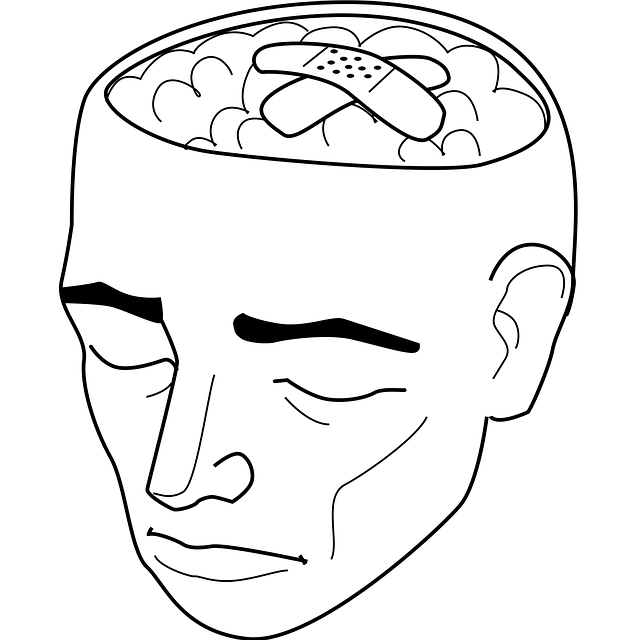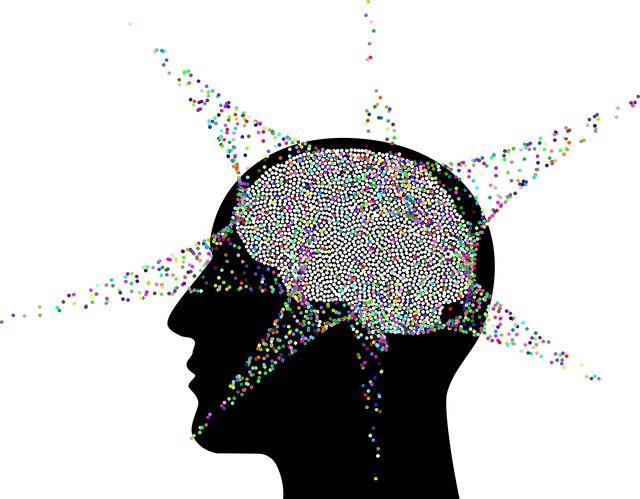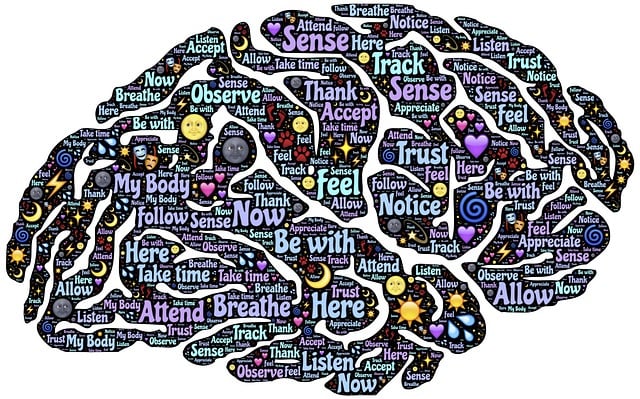Public awareness campaigns play a vital role in promoting understanding of mental health issues like ADD/ADHD by educating communities, dispelling myths, and fostering empathy. These initiatives emphasize early intervention and access to resources like Arvada ADD-ADHD Therapy, contributing to depression prevention efforts. Using a strategic roadmap with five key steps—target audience analysis, engaging communication channels, compelling content, measurable goals, and community partnerships—campaigns can effectively raise awareness using Arvada ADD-ADHD Therapy as a case study. In the digital age, online platforms and interactive websites make complex topics accessible, encouraging two-way communication and personalized care. Measuring success through surveys, focus groups, and behavioral analyses ensures campaigns reduce stigma and foster understanding, with key metrics tracking therapy reach and public perception shifts.
Public awareness campaigns play a pivotal role in shaping societal perceptions, particularly regarding mental health. This article delves into the development of such campaigns, highlighting their significance in educating communities about issues like ADHD. We provide a comprehensive guide, from understanding campaign fundamentals to incorporating modern technology for enhanced reach. Additionally, we explore successful measurement strategies, focusing on how to gauge the impact of awareness efforts, specifically in Arvada ADD-ADHD Therapy contexts.
- Understanding Public Awareness Campaigns and Their Role in Mental Health
- Strategies for Developing Effective Campaigns: A Step-by-Step Guide
- Incorporating Technology: Digital Tools for Broader Reach and Engagement
- Measuring Success: Evaluating the Impact of Public Awareness Campaigns on Arvada ADD-ADHD Therapy Perception
Understanding Public Awareness Campaigns and Their Role in Mental Health

Public awareness campaigns play a pivotal role in shaping societal understanding of mental health issues, including conditions like ADD-ADHD. These initiatives aim to educate communities, dispel myths, and foster empathy for individuals facing challenges that impact their daily lives. By highlighting the importance of early intervention and access to resources like Arvada ADD-ADHD Therapy, such campaigns can significantly contribute to Depression Prevention efforts. They promote Resilience Building strategies, equipping both the affected and their support networks with tools to navigate mental health journeys effectively.
Empathy Building Strategies are a key outcome of these awareness drives. They encourage open conversations about mental health, encouraging community members to offer support and understanding rather than judgment. This shift in societal attitude can make it easier for individuals to seek help, whether through professional therapies or peer support groups. Ultimately, heightened public awareness contributes to a more inclusive environment where everyone feels valued and empowered to prioritize their mental well-being.
Strategies for Developing Effective Campaigns: A Step-by-Step Guide

Developing effective public awareness campaigns requires a strategic approach to captivate audiences and achieve meaningful impact. Here’s a step-by-step guide to crafting successful initiatives, using Arvada ADD-ADHD Therapy as a case study:
1. Define Your Target Audience: Identify the demographics and psychographics of those you aim to reach. In the context of ADD/ADHD, this could be parents, educators, or individuals seeking support. Understanding their unique needs and challenges ensures tailored messaging.
2. Choose Engaging Channels: Select communication platforms that resonate with your target audience. For Arvada ADD-ADHD Therapy, this might include social media campaigns, community workshops, or partnerships with local schools to foster open conversations about mental health.
3. Craft Compelling Content: Develop creative materials that educate and inspire action. Share personal stories, provide practical tips for managing symptoms, and highlight successful treatment outcomes through mindfulness meditation, emotional regulation techniques, and positive thinking exercises. Visual aids, infographics, and interactive content can enhance engagement.
4. Set Measurable Goals: Define key performance indicators (KPIs) to track campaign success. For example, increasing therapy enrollment rates, growing online community engagement, or raising awareness through media coverage. Regularly monitor progress to make data-driven adjustments.
5. Build Community Partnerships: Collaborate with local organizations, healthcare providers, and influencers to amplify your message. This can lead to cross-promotion opportunities, ensuring a broader reach and increased credibility, especially when addressing conditions like ADD/ADHD that require specialized care.
Incorporating Technology: Digital Tools for Broader Reach and Engagement

In today’s digital era, incorporating technology has become a powerful strategy for public awareness campaigns, particularly in areas like Arvada ADD-ADHD Therapy. Digital tools offer an unprecedented opportunity to reach and engage a broader audience, ensuring that critical information and resources are accessible to those who need them most. Online platforms, social media campaigns, and interactive websites can effectively convey complex topics, such as ADHD symptoms and treatment options, making them more understandable and relatable for the general public.
This approach also facilitates two-way communication between healthcare providers and community members. For instance, digital surveys and feedback forms enable individuals to share their experiences with trauma support services or burnout prevention strategies for healthcare providers. By utilizing these tools, community outreach program implementations can be tailored to meet specific needs, fostering a sense of connection and personalized care.
Measuring Success: Evaluating the Impact of Public Awareness Campaigns on Arvada ADD-ADHD Therapy Perception

Measuring success is a critical aspect of public awareness campaigns, especially when aiming to shift societal perceptions around sensitive topics like Arvada ADD-ADHD Therapy. Evaluating the impact involves assessing changes in knowledge, attitudes, and behaviors related to mental health. Through surveys, focus groups, and behavioral analyses, campaign organizers can gauge whether their efforts have contributed to reducing the mental illness stigma and fostering a more understanding environment for individuals seeking therapy.
One way to assess success is by tracking the number of people reaching out for Arvada ADD-ADHD Therapy as a direct result of the campaign. Additionally, measuring changes in public perception through qualitative data provides valuable insights into emotional healing processes and coping skills development. These evaluations help refine future campaigns, ensuring they remain effective and aligned with the community’s evolving needs.
Public awareness campaigns play a pivotal role in shaping societal perceptions, and as demonstrated with Arvada ADD-ADHD therapy initiatives, they can significantly impact mental health support. By following a structured guide, incorporating digital tools for wider reach, and meticulously measuring success, these campaigns become powerful tools to foster understanding and encourage help-seeking behaviors. This article has provided valuable insights into the development of effective public awareness strategies, ultimately contributing to improved access to Arvada ADD-ADHD therapy and similar mental health services.














